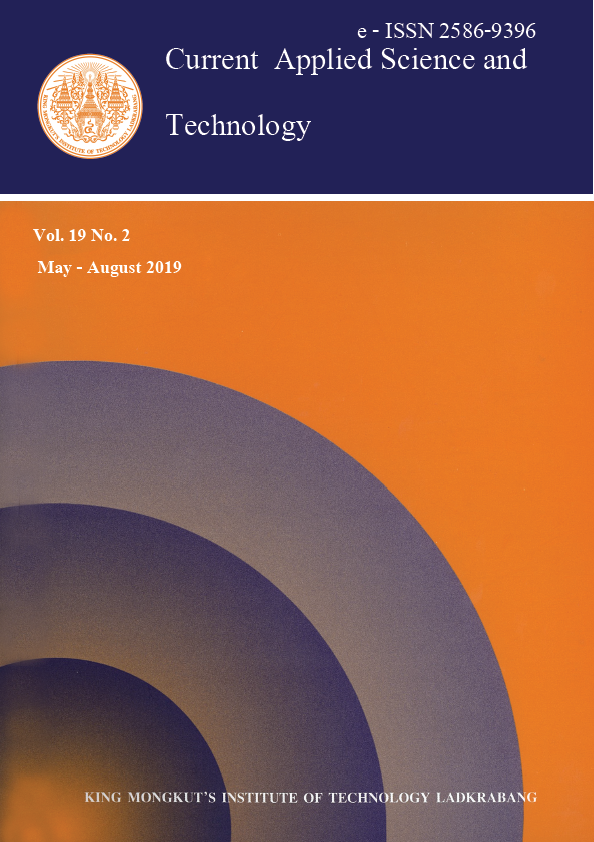This work investigates the transmission model of MERS-Cov using SEIR model which divides the total human population into four subclasses: susceptible, exposed, infected and recovered. Two equilibrium points were exhibited: the disease-free equilibrium and the endemic equilibrium . The basic reproduction number was computed via the next generation method. Two types of global stability of these equilibrium points were investigated through the theory of Lyapunov. Specifically, the exponential stability was investigated using a square type Lyapunov candidate function; while the asymptotic stability was investigated through a Logarithm type Lyapunov candidate function. It is theoretically shown that, when the reproductive number is less than unity. The disease-free equilibrium state is globally asymptotically stable, and the endemic equilibrium state is globally asymptotically stable if the reproductive number is greater than unity. Numerical results with parameters obtained from the previous work also illustrates the global asymptotical stability of the MERS-Cov system. These results can further be used for the design of a controller that drives the MERS-Cov system and the effective control reproductive number is less than 1 so that the stability of the controlled system would be similar to that of the uncontrolled disease-free system.
Keywords: Global dynamical modeling method; Lyapunov function method; MERS; transmission model; basic reproductive number; next generation method; disease-free equilibrium state; endemic equilibrium state
*Corresponding author: E-mail: kppuntan@kmitl.ac.th
Lamwong, J. ., Pongsumpun*, P. ., Tang, I. ., & Wongvanich, N. . (2019). The Lyapunov Analyses of MERS-Cov Transmission in Thailand. CURRENT APPLIED SCIENCE AND TECHNOLOGY, 112-122.
